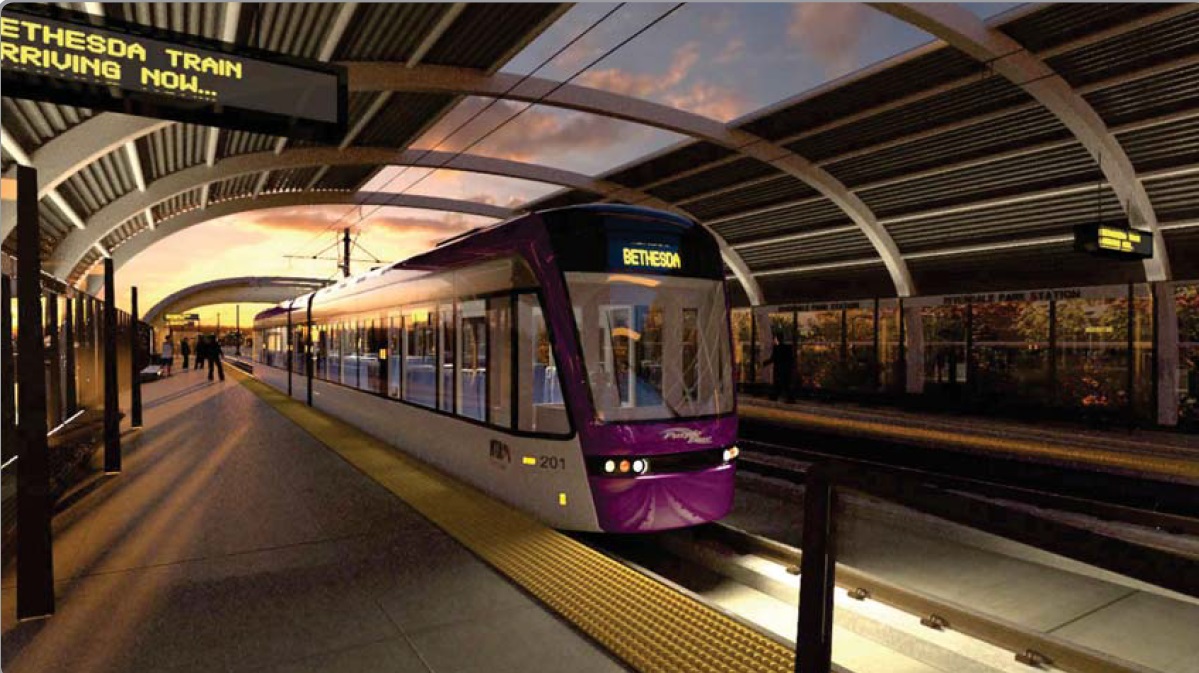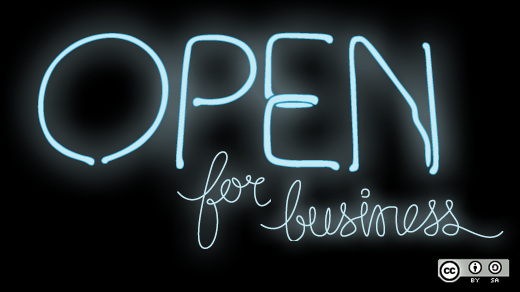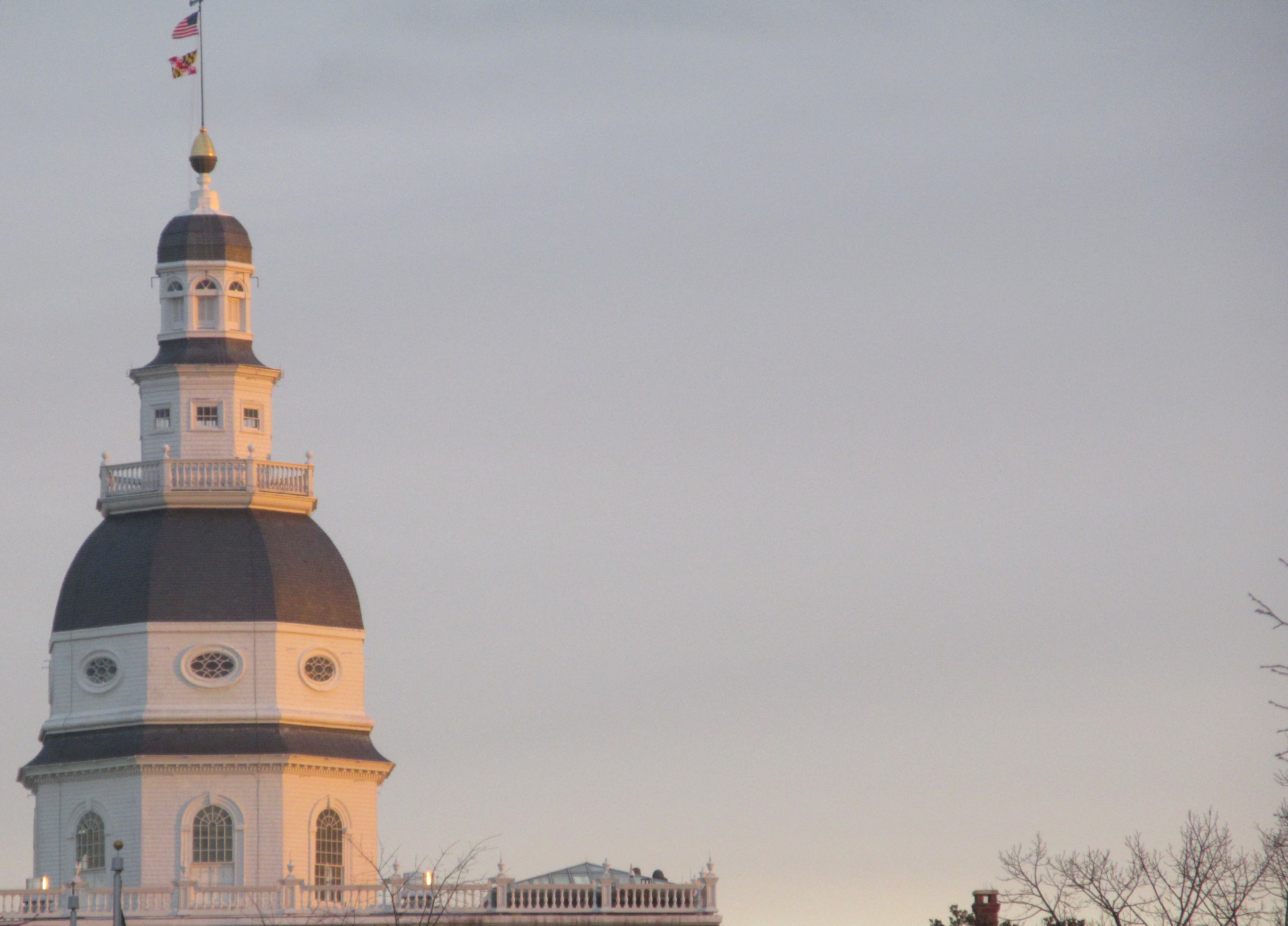Last week, Richard Parsons explained “Why the Purple Line makes sense.” Here Lewis Leibowitz of Chevy Chase explains why it doesn’t. The Hogan administration is currently reviewing the plans for this light-rail line in the D.C. suburbs along with the Red Line in Baltimore. A decision whether to move forward or not will come later this year.
By Lewis Leibowitz
In an opinion piece last week, Richard Parsons tried to defend the Purple Line, but he illustrated the weakness of the Purple Line case.
Simply put, the Purple Line fails the basic test of balancing costs and benefits. The costs are substantially understated and the benefits are very meager. The Purple Line will not result in substantial economic development along the Purple Line corridor, and clearly will not ease traffic congestion.
The backers of the Purple Line mention real estate development almost exclusively, but most of the projects they mention have already been authorized, whether the train is built or not.
Nor is the Purple Line likely to ease traffic congestion. At best, the train will only slow the worsening of congestion at certain intersections. At worst, especially west of Silver Spring, it will make traffic congestion worse than if it were not built. In fact, not a single intersection west of Silver Spring benefits from the Purple Line according to the studies. The train would squeeze out more practical approaches for improving traffic flow and saving energy.
Ridership on the Purple Line is likely to fall well short of the 69,300 trips per day predicted for the “horizon” year of 2040. But even if the ridership numbers were accurate, the costs of the train would dwarf the benefits.
Let’s look at the “facts” Mr. Parsons cites in his opinion piece, which are largely myths rather than facts.
- Myth: The Purple Line is at the end of a “marathon” federal approval process.
The federal approval process is not finished. In fact, it has a long way to go. The Purple Line and the Red Line in Baltimore are two of eight “New Start” light rail projects nationwide being considered by the DOT’s Federal Transit Administration (FTA). They do not have a “full funding grant agreement” that is essential to securing federal funding. The $900 million in federal money is not in the bag. Budgets are tight, and federal funding for transit is set to run out in about two months.
This project should proceed only after the state, which must pay the money the federal government does not come up with, determines that it makes sense for in light of all state priorities. The governor is spearheading just such an analysis, which has not been done up to now.
- Myth: The Purple Line’s cancellation would undermine future public-private partnerships
Parsons is correct that this project represents the first major foray of the state of Maryland in public private partnerships (P3s) for transit. But he mischaracterizes the P3 concept as applied to the Purple Line. Private money does not diminish the state’s responsibility to pay—it only postpones the day or reckoning.
The project depends for construction funds about $500 million in direct state money, $900 million in federal funds and about $1 billion in “private” money from the P3 private partners.
However, the $1 billion in “private” money is in reality a state obligation, because the state must make an “availability payment” every year for at least 30 years to repay the private partners for their design, construction and operation of the Purple Line.
Because the state will have to pay the private investors back by means of the availability payment, in reality the P3 in this instance is basically a loan from the private investors to the state. It is inaccurate and indeed dishonest to claim that the private investors are taking over the state’s obligation to pay for the train.
The state’s taxpayers will be responsible for the debt that the state would incur, whether the train is worth the money or not. We are back to the fundamental point—is the Purple Line worth what it costs?
- Myth: The benefits of the Purple Line are “compelling.”
The benefits of the Purple Line are quite modest. Many studies have been done on light rail and its benefits and, while every locality is unique in some ways, we can discern principles from national and global experience.
One conclusion we can draw is that light rail does not create economic development. It can concentrate development around stations, but in most cases the development would occur anyway. In the Purple Line corridor, we cannot reasonably expect auto assembly plants or steel mills. Job growth will be small. High-density development will occur if the market demands it with or without this minor addition to the transit network.
A second conclusion is that ridership will fall short of estimates. Parsons claims, without evidence, that the ridership number is too low.
Even assuming ridership projections are accurate, each ride on the Purple Line would cost over $10. (See the excellent analysis published by Frank Lysy in 2014). The fare revenue for the state on each ride would be less than $1, after fares are shared with Metro. Taxpayers would be responsible for the remainder. It is a bad deal for the state.
Perhaps the biggest myth is that the Purple Line would reduce traffic congestion. In fact, it will not. The Purple Line studies acknowledge that traffic congestion would not be significantly reduced. Only about 6 hundredths of one percent of vehicle trips would be saved by the proponents’ own admission. Based on the Purple Line cost projections, each trip saved would cost about $21.
The total cost of the Purple Line, including operating and maintenance costs over 30 years, will exceed $6 billion. Is it prudent to pay that much to achieve such modest gains?
There are cost-effective alternatives to building a train through the suburbs, such as modern and clean buses (electric or powered by natural gas) in dedicated or shared lanes especially during rush hour. The beauty of buses is that the routes can change as traffic patterns change. The enormous expansion of NIH and the Bethesda Naval Hospital are examples of these trends. In a real sense, the Purple Line goes in the wrong direction and literally misses the target for workers at these huge federal installations.
- Myth: The Purple Line saves time for riders
Parsons accuses opponents of ignoring data about saving time on the Purple Line. Consider: A rider on the Purple Line from end to end (New Carrollton to Bethesda) would spend more time riding the Purple Line than riding on existing Metro (proponents of the Purple Line claim a time saving even end to end, but this is not correct or even plausible). Parsons also cites a “time saving” for a ride from Silver Spring to Bethesda compared to Metro. But that four-mile section of track would cost taxpayers over $600 million to build and millions more to operate to save a few minutes in travel time. It’s not worth the money.
We can save more time and a lot more money connecting Silver Spring and Bethesda with modern and cost-effective approaches that involve buses, vans and cars that would be much more cost-effective and more flexible than a train.
- A Reality: The Purple Line is incredibly expensive
We all need to focus on the bottom line. The Purple Line is very expensive, especially when compared with the benefits and the alternatives. Parsons avoided discussion of the costs and benefits and we cannot afford to do that.
Ignoring these facts is not only expensive but destructive, because it will foreclose other, better uses for the money. Other priorities should not be sacrificed to a misguided train.
Lewis Leibowitz can be reached at lewis.leibowitz@gmail.com.







For those that aren’t sure whether to believe Purple Line advocates or opponents, one alternative might be to check with the local business community. The Chambers of Commerce for Montgomery and Prince George’s county support the line. The CEO of Marriott recently said they were moving in part because they wanted better transit options and will use that as a criteria for choosing where to move (that’s an example of how transit moves around development).
If you want the opinion of another business leader, Norm Augustine, former CEO of Lockheed Martin, presumably is more of a plane guy than a train guy. Even so, he thinks the choice is clear:
“It seems clear that among the more serious inhibitors to the growth of business in Maryland is the inadequacy of our transportation system.., In fact, or State now ranks last (worst) among states in average commute time, and that loss of productivity is largely concentrated in the Baltimore/Washington area… The Purple Line would be a significant step forward in relieving that impediment to business, particularly with regard to recruiting,”
(The moderator would apparently prefer avoiding posting links, so here if you want to find the letter, Google Norm Augustine Purple Line)
If Gov. Hogan is focused on bringing jobs and residents (like millennials) to Maryland, he’ll build the line.
For those that aren’t sure whether to believe Purple Line advocates or opponents, one alternative might be to check with the local business community. The Chambers of Commerce for Montgomery and Prince George’s county support the line. The CEO of Marriott recently said they were moving in part because they wanted better transit options and will use that as a criteria for choosing where to move (that’s an example of how transit moves around development).
If you want the opinion of another business leader, Norm Augustine, former CEO of Lockheed Martin, presumably is more of a plane guy than a train guy. Even so, he thinks the choice is clear:
“It seems clear that among the more serious inhibitors to the growth of business in Maryland is the inadequacy of our transportation system.., In fact, or State now ranks last (worst) among states in average commute time, and that loss of productivity is largely concentrated in the Baltimore/Washington area… The Purple Line would be a significant step forward in relieving that impediment to business, particularly with regard to recruiting,”
http://www.bethesdanow.com/2015/03/24/former-lockheed-martin-ceo-tells-hogan-to-build-the-purple-line/
If Gov. Hogan is focused on bringing jobs and residents (like millennials) to Maryland, he’ll build the line.
This piece makes multiple errors of fact and analysis. first Transportation Sec. Rahn is quite explicit that he is confident in receiving the Federal money, the we are at the 1 yard line, and the choice to proceed is the governors. (See http://wamu.org/news/15/03/18/four_takeaways_from_interview_with_new_maryland_transportation_secretary_pete_rahn
I’d continue with a point by point debunking, but probably many reader’s eyes are already glazing over at another back and forth between Purple Line advocates and transit opponents.
So, let’s focus on the big question, Gov. Hogan ran on bringing new jobs and residents to Maryland, the Purple Line will further that goal and you don’t have to take our word for for it:
* The CEO of Marriott says transit will be key in deciding where their headquarters will move (yes transit moves development, without the Purple Line, more new growth would happen in Northern Virginia instead).
http://www.washingtonpost.com/business/capitalbusiness/gov-hogans-first-big-maryland-business-retention-challenge-marriott/2015/03/21/8ae6147e-cda2-11e4-8c54-ffb5ba6f2f69_story.html
* The former CEO of Lockheed Martin, another of Maryland’s largest employers, had this to say. “It seems clear that among the more serious inhibitors to the growth of business in Maryland is the inadequacy of our transportation system… The Purple Line would be a significant step forward in relieving that impediment to business, particularly with regard to recruiting,” And somehow I think it’s safe to guess that when Mr. Augustine played with toys as a kid, they were more planes than trains.
http://www.bethesdanow.com/2015/03/24/former-lockheed-martin-ceo-tells-hogan-to-build-the-purple-line
* The Montgomery Chamber of Commerce, the Prince George’s Chamber of Commerce, and the Bethesda Chevy Chase Chamber of Commerce all back the line.
* Millennials are a generation with a strong transit preference, and as Comptroller Pete Franchot, no free spender, says getting higher income millennials to move to our area is key to Maryland’s economic future.
http://www.washingtonpost.com/local/trafficandcommuting/yearning-for-car-averse-millennials-suburbs-turn-to-transit/2015/03/29/cb916cd8-d259-11e4-8fce-3941fc548f1c_story.html
http://www.mymcmedia.org/franchot-talks-purple-line-and-his-relationship-with-governor-hogan/
* There’s a number of projects where money has already been invested with the Purple Line in mind, here’s a map of them: http://www.purplelinemd.com/images/maps_graphics/Development%20Map2014%20final.pdf
Here’s where Mr. Leibowitz’s piece fails MD Reporter’s goal of enlightening the public. The real issue is that a good portion of the new residents and jobs would be coming to Bethesda and Silver Spring which means change for those communities. Some people prefer continuity, even if it means that the Silver Line soaks up DC area growth (incidentally, the Feds rate the Purple Line higher than the Silver Line in terms of economic potentially).That’s their right, but if Gov. Hogan makes the decision based on his core criteria, “what brings new families and employers to Maryland,” he’ll build the line and work with the concessionaire to minimize impact on those disrupted..
Cancel the Purple line and Red Line in Baltimore. Use that money to fix the roads and lower the GAS TAX.
God awful waste of money. Who is going to ride it is the real question? At $10 each way not many who are on the route. The money being spent could be used to fix the ailing roads. Make improvements at the legion bridge where traffic is backed up starting at 3:00 every day for the people who work in Virginia( because O’Malley drove the good jobs out of Maryland) trying to get home. How about some projects that benefit those that are working everyday, paying the taxes to support the state?
Your analysis is correct. The purple line makes no sense what so ever. Sometimes I think those pushing these light rail systems are just little boys who were denied a toy train as children and now they want one at others expense.
In this digital age, my wife and I can do our (well-paying) jobs from anywhere in North America. We chose five years ago to live in Maryland because of the extremely high education levels and record of infrastructure support. But if we don’t see construction start on the red or purple line within the next 30 months, we have pledged to move to Philadelphia, Toronto or Chicago, as it means the future of this state’s economy is dim.
You may say “don’t let the door hit you on the way out, hipsters,” which is totally fine. But realize that there are thousands more like us, and that having us leave will very likely wreck the Maryland economy. Our generation of workers moved here from sprawling states all over the Midwest primarily because we didn’t want to have to drive everywhere into our old age. (Did you /really/ think the scenery in Maryland was something we couldn’t get in our home states? /Please/ good sir, don’t kid yourself.) If Maryland isn’t willing to embrace its role as an urban, eastern state, we can easily move to places that aren’t so timid about investing in rail infrastructure. Good luck in making the right choice.
The purple line is a god awful waste of money period.